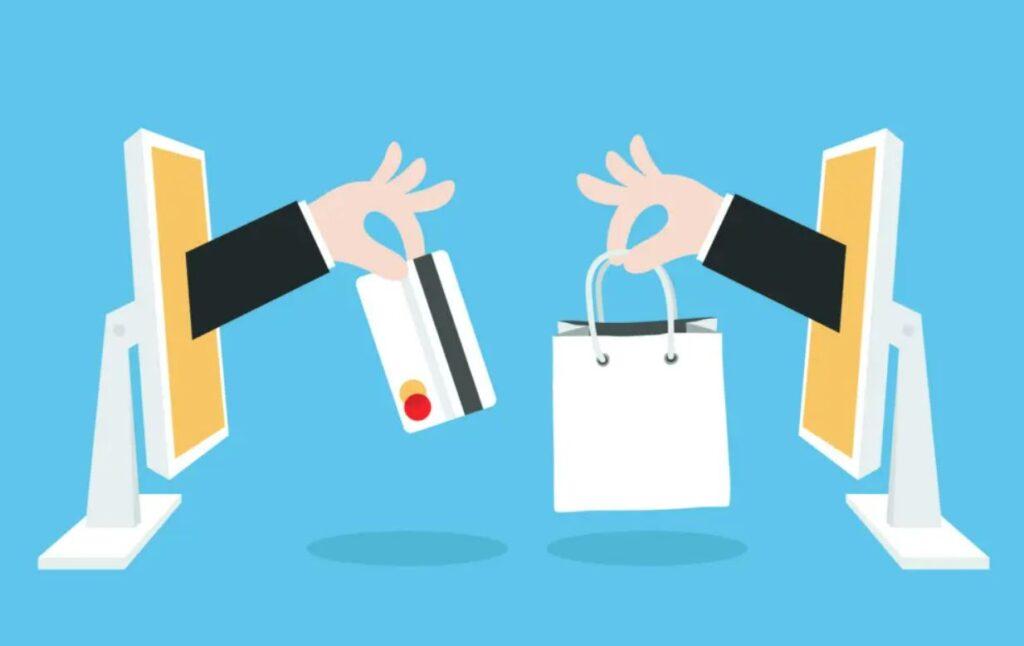
Manufacturers are currently trending to offer their goods directly to customers, which is made possible by digital tools such as social media marketing and e-commerce platforms. As the lines between manufacturer and retailer become blurred, businesses will encounter challenges in trying to take on both of these roles. But putting a focus on ‘digital’ is a good place to start.
ADVANTAGES OF SELLING DIRECTY
YOU LEAD THE SALES PITCH
You have the advantage of managing the sales pitch when you produce a product and sell it in your own stores or on your e-commerce platform.
When you use direct channels, you can promote your product without depending on the knowledge or motivation of salespeople from distributors.
Consequently, you will have total control over every aspect of the sales process, including product displays and sales staff training.
THE CUSTOMER IS “OWNED” BY YOU
You will know how many units of your product were sold if you rely on another store to sell it, but you won’t actually know who bought it.
On the other hand, you get to know your clients if you decide to offer your goods directly to customers without the assistance of an outside retailer. You normally receive a name, shipping address, email, and sometimes more just from making the purchase. Then, you may frequently add even more information to your customer record by using external data sources.
This provides you the chance to create a profile that is consumer based on a number of purchases and to send that customer tailored marketing messages in the future.
Also, direct sales interactions with clients and prospects are a terrific way to make sure you comprehend the market and the purchasing priorities of your target clients.
AVOID THE RETAIL MARGIN!
When you manufacture a product and sell it to a retailer at a wholesale price, the retailers often markup the price by up to 50% to sell to the end user. When you sell the product directly to customers, you actually receive the full retail selling price (minus any transaction fees).
YOU IMPROVE COMPARISON IN THE MARKET
When you sell directly, your products don’t need to be shown next to those of your competitors, even if many internet customers are likely to investigate products similar to yours. Once the customer is inside your shop space, you can only present them with the goods you want them to think about.
Of course, not everything is rosy; selling directly has some drawbacks as well.
Always Keep in Mind:
The true cost of acquiring a customer
Finding customers and bringing them to your retail experience, whether it be online or in person, requires financial outlay. This expense is borne by the retailer when selling through conventional methods. When you sell directly, you are responsible for covering this expense and possessing the necessary skills. Naturally, this reduces the higher profit you are obtaining by selling directly.
LOGISTICS AND SHIPPING
Transporting individual products to clients and shipping pallets of goods to a merchant for sale are two very distinct activities. To be successful with this form of fulfillment while selling directly to clients as a manufacturer, you must have that competence.
Furthermore, given that consumers now anticipate free shipping on e-commerce transactions, depending upon the type of products you sell, the expense of shipping itself might be an issue. The extra revenue earned by forgoing the retail margin might be swiftly eaten up by warehousing costs, employee salaries, and shipping costs.
HYBRID MODELS
Many manufacturers have adopted a hybrid model of selling through retailers and direct to customers in a way that works well for them. For example, Samsung sells their products direct to consumers as well as through a variety of retailers and telecommunications providers.

